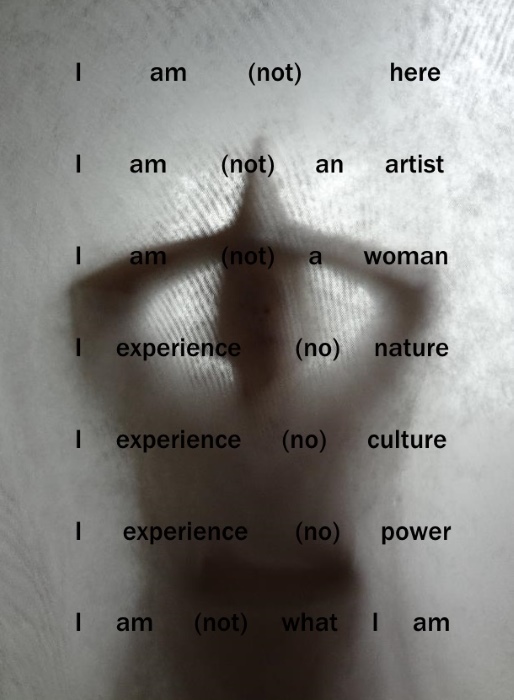from self-portrait to selfie
assume power on your self image / asumă-ți puterea asupra imaginii de sine / übernimm die Macht über dein Selbstbild
self-portrait as a candle, digital print, 2015, dedicated to Manja Seelen

READING BETWEEN THE LINES
Since 1977, as I began to study art at the art-school in Cluj (Romania) I worked constantly with portrait and selfportrait. Since 1991, when I began to teach art I constantly coordinated courses, seminars and workshops on the topic of portrait and selfportrait.
A (self-)portrait in art history has almost always been an act of self-staging and in our time with selfies it is possible for anyone to stage themselves. These images often say more about the person than their authors consciously intended.
"The appeal of selfies comes from how easy they are to create and share, and the control they give self-photographers over how they present themselves. Many selfies are intended to present a flattering image of the person, especially to friends whom the photographer expects to be supportive. (...) Some users of Snapchat choose to send intentionally-unattractive selfies to their friends for comedic purposes.
Posting intentionally unattractive selfies has also become common in the early 2010s—in part for their humor value, but in some cases also to explore issues of body image or as a reaction against the perceived narcissism or over-sexualization of typical selfies.
The practice of taking selfies has been criticised not only for being narcissistic, preventing assessment and appreciation of what is happening in the present, but also for being mindlessly conformist behaviour, when everyone does what everyone else is doing (...)
Research shows that there is a particular difference between perspectives of youngsters and adults."
excerpt by https://en.wikipedia.org/wiki/Selfie
